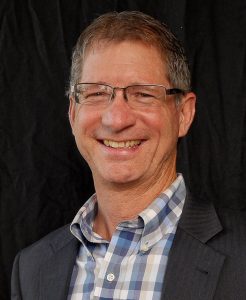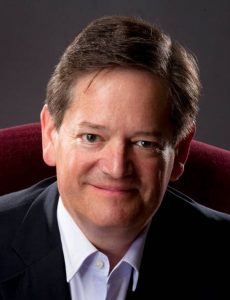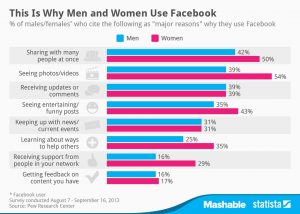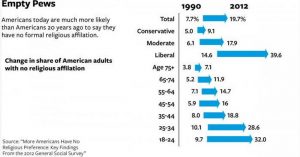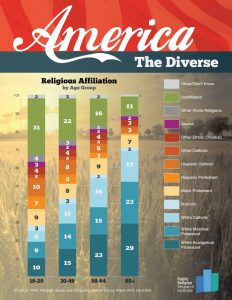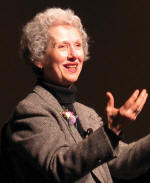John C. Dorhauer, Conference Minister for the Southwest Conference of The United Church of Christ, is currently writing a book on innovation and something he terms "Church 3.0." Reflecting on his recent research efforts that included visits to multiple communities of faith, he suggests that the model of church we have known in recent years is dying and is being replaced by something that is radically different. The new form of church, Church 3.0., is an "entirely new way of Read More …
Trends
Goodbye Student Loan Debt (#1340)
For several years my wife and I belonged to a group 10.6 million strong: Americans in their 30s with student loan debt. Earlier this month, we waved goodbye to our membership when we paid off our final student loan. While we both earned undergraduate, graduate and doctoral degrees, we never amassed overwhelming debt because we were intentional about borrowing the least amount possible to continue on toward our ultimate educational goals. So What? As someone who works in higher Read More …
The Age of the Selfie (#1339)
Galen Guengerich, senior minister of All Souls Unitarian Church (New York City, NY) and of author of God Revised (one of my top books of 2013), recently wrote about the "selfie culture" on the occasion of the Oxford Dictionary adding this word to their 2013 edition. Selfies are pictures people take of themselves then share via social media. They are doing far more than merely cluttering social media feeds. Guengerich writes: This moment in dictionary history may Read More …
Academic Teaching (in Church) (#1338)
Stephen Mattson recently proposed a list of seven things churches have largely stopped doing that he believes they should still be doing: discipline, testimonials, corporate prayer, challenge, academically teach, sacrifice, and practical ministry. Academically Teach While each item on his list is worth considering, I found myself most intrigued by #4: academically teach. Mattson writes: Churches used to be innovative leaders in education, but now all “higher level” Read More …
Which Disciple Are You? (#1337)
A few days ago I finally gave in and submitted my answers to a rather unusual (ok, I will admit it: somewhat bizarre) quiz making the rounds on social media. If you have a sense of humor and enough patience to answer ten questions, then you can learn which one of Jesus' disciples you are most like. It turns out that, according to my responses to this quiz, my New Testament alter ego is Saint Jude. So What? While being asked to choose a color and choose a month as a part of the Read More …
So Many Pastoral Stunts (#1333)
David Gibson's recent Religion News Service article listed 12 stunts performed by pastors that received significant publicity, including bishops pretending to be homeless, a week of congregational copulation (followed up with a bed in), living the bible as literally as possible (including Rachel Held Evans' A Year of Biblical Womanhood), eating foods that can be purchased on a "food stamp" budget, and losing weight for the Lord. So What? Each of these stunts was designed Read More …
Why Facebook? (#1332)
According to a recent Pew Research survey, men and women share many "major reasons" for using Facebook. The top reason women use Facebook is to see photos/videos whereas the top reason men use Facebook is that it allows them to share with many people at once. So What? Whether you are a relative newcomer to Facebook or have been a part of this social community for many years, it is likely your own major reasons for using it have evolved over time. While some of the change may have Read More …
Reality Check: Religious Non-Affiliation (#1331)
In recent months I have had more conversations than ever before about the continued rise of the nones (the increase in the percentage of American adults without formal religious affiliation). While there is plenty of data out there showing that the percentage of nones is increasing (for example:"America the Religiously Diverse" and "Rise of the Nones") it doesn't answer the number one assumption I hear: as people age they become more religious. This assumption sounds logical and Read More …
America the Religiously Diverse (#1328)
Last week's graphic of the week from the Public Religion Research Institute is titled America the Diverse. In the days since it was posted, I have returned to it several times and referenced it in multiple conversations. So What? The information contained on this graphic isn't news to those who follow generational trends. It is, however, important data for congregational leaders to consider as they plan for the future. Currently, I serve two mainline congregations comprised Read More …
Experiential Intimacy (#1327)
Phyllis Tickle's latest book, “The Age of the Spirit: How the Ghost of an Ancient Controversy is Shaping the Church,” is near the top of my stack of books I hope to read soon. In a recent interview about this book with Jonathan Merritt, Tickle shared that the trend is toward a "greater experiential intimacy" with the Holy Spirit. Tickle says: Additionally, we’re seeing a need to experience the Spirit everyday and a belief in the accessibility of the Spirit. Most Christians 100 Read More …
